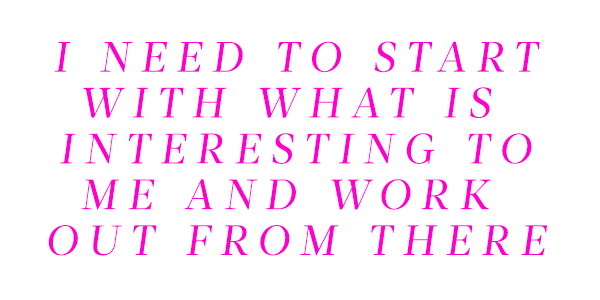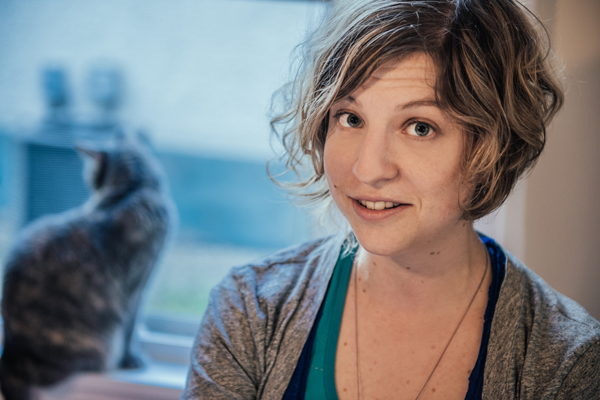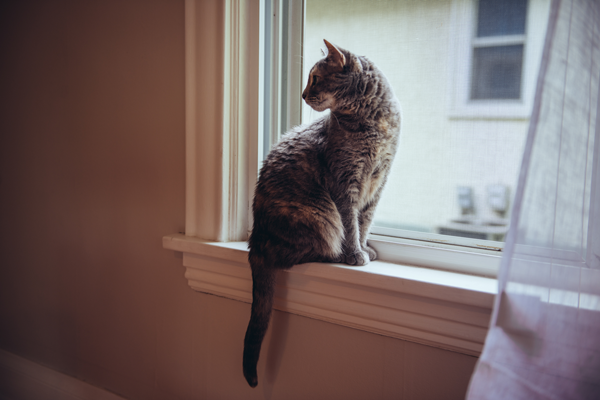At the outset of her career, Minneapolis artist Laura Holway thought of success as scaling up: securing more grants, staging bigger productions, and receiving invitations from ever-more prestigious venues to present her performance work. But then she discovered that getting external validation didn’t necessarily translate into personal happiness.
While so many of us (and the institutions we work for) feel pressured to scale up and impact increasing numbers of people, Laura’s story speaks to benefits of taking a pause and scaling down a notch. Here’s a tribute to the hard-won rewards of creating our own successful manifestos.
When choreographer and curator Laura Holway, 31, was still an undergrad in the theater department at St. Olaf College back in the early 2000s, the adult future she imagined for herself went something like this: Get a Ph.D. and wow people with her ivory-tower amazingness.
But after graduation, she scrapped her Ph.D. plan for another kind of success script—that of a reputable working artist. “Once I realized I wanted to make my own work,” she says, “what made sense was to climb the grant totem pole. Having someone else say, ‘Yes! Your work is okay and it’s worthy of funding!’ seemed like the dream.”
In 2011, it appeared as though Laura’s dream was coming true when she was invited to turn a 15-minute dance piece into an evening-length show at Minneapolis’ Red Eye Theater. The intimate “I Like You” showcased Laura’s infatuation with human connection. But soon after getting the gig, she began to self-impose pressure about its success, which only landed her sleepless, depressed, and in debt. She needed to do some soul searching and decide what her definition of “success” actually was. Here’s her take on how she figured out what mattered to her.
MAGIC IS SOMETHING YOU MAKE
After “I Like You” ended, I gave myself permission to take a total break and reevaluate a lot of things. I needed to convince myself that I could have an identity outside of being an artist. I told myself, “It’s okay if I don’t make anything for years.” I had to think about what I even liked. I didn’t know what I was passionate about anymore or what was a driving force in my life. I suffered from a lot of personal anxiety and depression. I was driven by false things: a desire for achievement and approval and a desire to show certain people in my life that I could be legitimate as an artist.
My husband suggested that I ask people I admire out to lunch and that I just talk to them about their creative work. At the time, it was terrifying to me because a big thing of experiencing severe depression is that you’re really self-conscious in making eye contact with strangers. Going outside your comfort zone is really hard.
 Kate asked me if I wanted to be the volunteer coordinator for Artcrank. I knew it wouldn’t pay, but I thought I might learn something. And I did. I met Charles Youel who runs Artcrank and I was so inspired by the model. It totally informs my work to this day, which is a model of unlikely collaboration.
Kate asked me if I wanted to be the volunteer coordinator for Artcrank. I knew it wouldn’t pay, but I thought I might learn something. And I did. I met Charles Youel who runs Artcrank and I was so inspired by the model. It totally informs my work to this day, which is a model of unlikely collaboration.
After being there, I still wasn’t sure I wanted to make anything, but I knew I wasn’t going to make something completely on my own again; that despite being an introvert, I needed collaborators.


